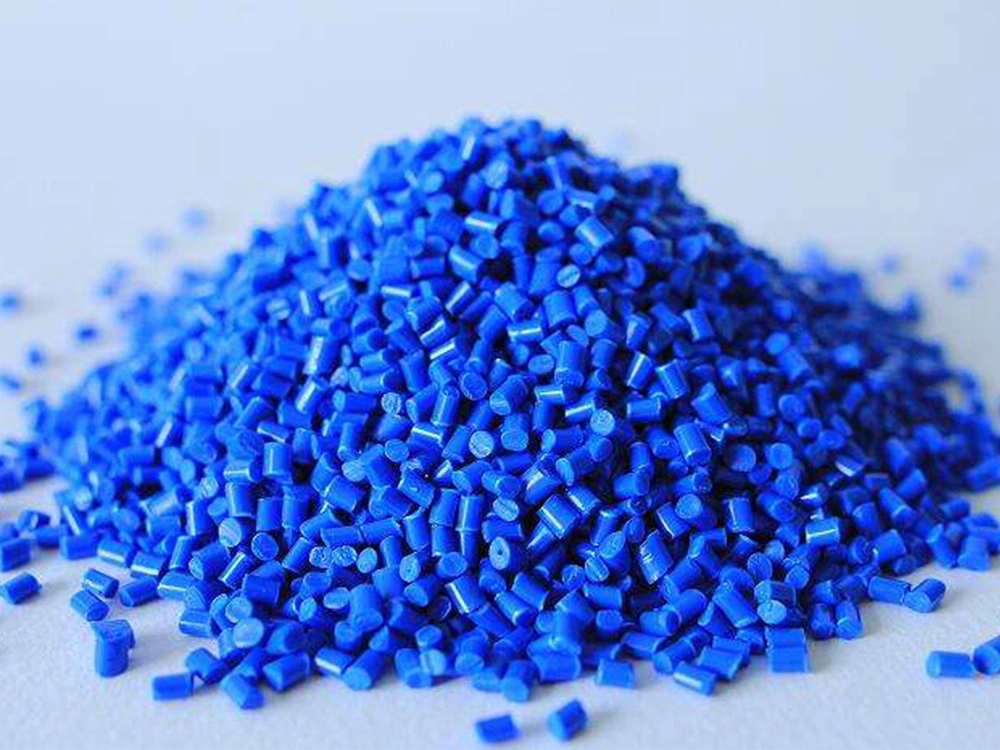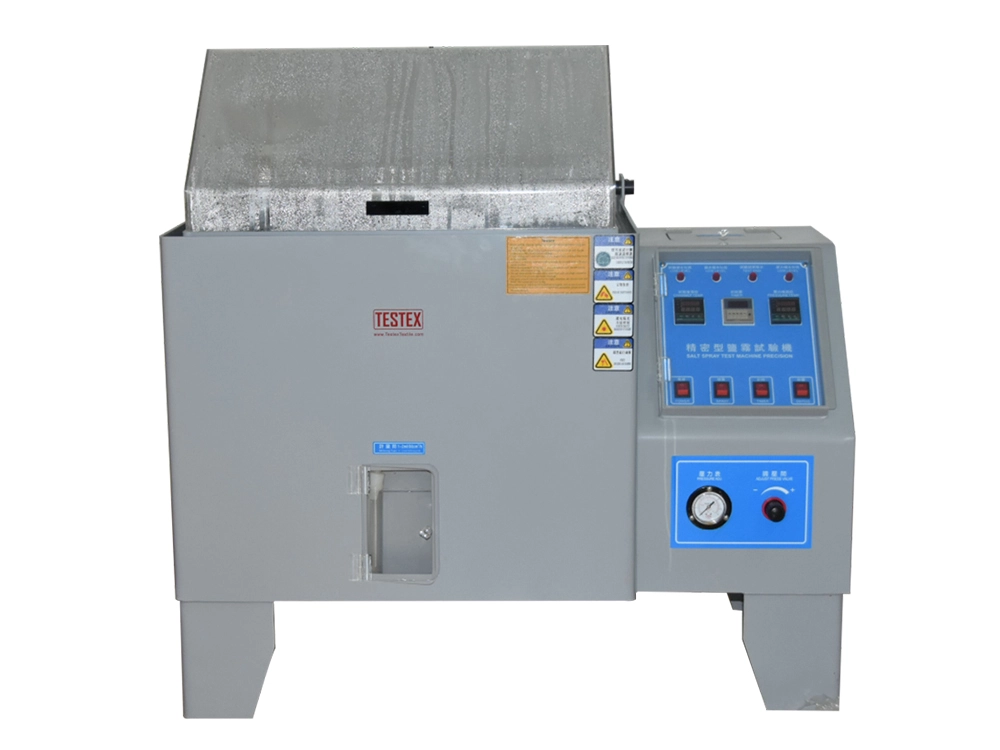Polymer materials include plastics, rubber, fibers, films, adhesives, and coatings. Because they have many potential properties superior to traditional structural materials. Their use in the field of military and civilian goods is becoming more and more widespread. Polymer materials are lightweight, have high strength, good corrosion resistance, with good protective properties. It is used in aviation, automobiles, ships, basic construction, military supplies, and other fields. As a result of light, heat, oxygen, water, chemical and biological erosion, and other effects. The chemical composition and structure of polymer materials will undergo changes. Physical properties will also deteriorate accordingly. Such as hardening, sticking, brittleness, discoloration, loss of strength, and so on. This phenomenon is the aging of polymer materials. The nature of aging of polymer materials refers to the changes that occur in the physical or chemical structure. The performance of the material gradually declines and loses its proper use value.
Nowadays polymer materials are very widely used. The aging phenomenon of polymer materials has become a very important real problem. The aging of polymer materials often leads to premature failure of polymer products. Accelerated aging in harsh environments is more likely to lead to product failure. This not only leads to a waste of resources. But also may lead to bigger accidents due to its functional failure. Moreover, the decomposition of materials caused by aging may also pollute the environment. Thus, the aging of polymer materials caused by the harm is much more serious than imagined. The aging failure problem of polymer materials limits its further development and application.
The aging test of polymer materials can be broadly divided into two categories. That is, the natural environment aging experiment and artificially accelerated aging experiment.

Natural environment aging experiment
Natural environment aging experiment using natural environmental conditions or natural media. Mainly include atmospheric aging experiments, buried experiments, underwater burial experiments, and so on. The results of the natural environment aging test are more in line with reality and need lower cost. The operation is simple and convenient and is widely used at home and abroad. For polymer materials, the most widely used is the natural climate exposure test.
Natural Climate Exposure Test
A natural climate exposure test is putting the specimen in the natural climate environment. So that it is subjected to sunlight, temperature, oxygen, and other climatic factors. Through the determination of its performance changes to test the weather resistance. At present, there are three main experimental methods for direct natural climate exposure. Photolytic plastic outdoor, coating natural climate and plastic natural climate exposure test method. The material is placed behind the glass plate of the natural climate exposure methods. One is a test method for sunlight exposure of vulcanized rubber under glass. Others are plastic in the glass plate filtered under the sunlight indirect exposure. The materials requirements and steps of the natural climate exposure methods are different. Whether in the outdoor natural conditions 、 filtered by the glass under sunlight exposure. This can be used to test the weathering resistance of polymer materials.
Due to the long cycle of atmospheric exposure and storage experiments. To get aging data under natural conditions. At the same time relatively speed up the natural aging process. People also developed the outdoor natural accelerated exposure test method. The outdoor natural accelerated exposure method is based on the atmospheric exposure test method. Artificially strengthened and controlled environmental factors, speed up material corrosion and aging.
7 Common Accelerated Aging Test Methods
In the past 20 years, to improve the efficiency and level of experimentation. People develop accelerated exposure under natural conditions experimental methods and equipment. At present, there are seven common methods:
- Rubber dynamic exposure experiment
- Tracking solar exposure experiment
- Light tracking solar exposure experiment
- Accelerated condensation exposure experiment
- Spray accelerated exposure experiment
- Black frame exposure experiment
- Exposure experiment under the glass frame
The natural climate exposure test is the most realistic to test the aging characteristics. But, the changes caused by environmental conditions are very slow. Such as, by sunlight, rain, and other changes in physical and chemical properties. Thus, natural aging is not only time-consuming. And because of the complexity of environmental conditions and influencing factors. It is difficult to accurately test the experimental results.
Artificially accelerated aging test method
An artificially accelerated aging test is an artificial method to simulate environmental conditions. In the room or equipment to simulate the atmospheric or particular environmental conditions. And enhance certain factors, to get experimental results in a short period of time. If the initial acceleration method does not produce aging in actual use. Or if the mechanism that should occur is not found in long-term experiments. The accelerated experiment should then be re-qualified. Improvements are made according to the data during problem identification and pre-experimental analysis. Exactly which experimental method to use depends on many. For example, the test material, the material final application, and financial resources. Thus, most of the national standards use this method to test the aging resistance.
There are various artificial accelerated aging test methods. For example, weathering tests, salt spray corrosion tests, cold tests, and so on.
Weatherability Test
There are two experimental methods to test the life of polymer materials. That is, outdoor aging experiments and artificial aging experiments. Outdoor aging test is the most appropriate method to test the practicality. But cause polymer material aging is a combination of factors. For example, heat, light, mechanical friction, chemicals, microorganisms, and other factors. And the amount of sunshine, wind, and rain makes it difficult to control the climate factors. Thus the experimental cycle is relatively long. Simulation of outdoor climate for the accelerated aging test is an important weathering test way. Usually, the weathering test adopts a climate aging test chamber. The device uses a carbon arc lamp, xenon lamp, or ultraviolet fluorescent lamp irradiation. This simulates the ultraviolet radiation of sunlight. The salt solution is sprayed on the specimen to simulate rainfall and salt particles. The alternating effects of many environmental factors constitute the experimental process.
Thermal Aging Experiment
The thermal aging test is to speed up the aging process of materials under the action of oxygen and heat. Thus reflecting the heat and oxygen aging performance of the material. The use of the material requirements and experimental purpose determines the experimental temperature. The relevant technical specifications determine the upper limit of temperature. Generally, thermoplastic materials should be lower than their Vicat softening point. For thermosetting materials, it should be lower than its heat deflection temperature. The main prevailing experimental methods are these. For example, hot air exposure test methods for plastics and so on.
Moisture and Heat Aging Experiment
In the atmospheric environment, temperature and humidity are aim factors. Some polymer materials are stored, transported, or used in high-temperature high humidity. Thus humidity and heat aging test is of practical significance and economic value. Water vapor at high temperatures has a certain permeability to polymer materials. Under the action of heat, this penetration ability is stronger. Can penetrate into the material system and accumulate to form blisters. This leads to the aging of the material properties. Damp heat aging tests are generally performed using a damp heat test chamber. It can provide a standard non-polluting atmosphere. Temperature 40 ~ 60 ℃, relative humidity of 90% RH or more.
Ozone Aging Experiment
The content of ozone in the atmosphere is very small. But it is the main factor of rubber cracking. The ozone aging method is to simulate and strengthen the atmospheric ozone conditions. So in studying the effect of ozone on rubber. Rapid identification and evaluation of rubber anti-ozone aging performance and ozone inhibitor protection. Then take effective anti-aging measures to improve the service life of rubber products. Rubber waterproof material and polymer waterproof material must be carried out in this experiment.
Salt Spray Corrosion Experiment
When the salt spray particles settled attached to the surface of the material. It will quickly absorb moisture and dissolve into an aqueous solution of chloride. Under temperature humidity, the chloride ions in the solution penetrate into the interior. Chloride ions in the solution penetrate through the micropores of the material. Cause material aging or metal corrosion. Salt spray test identifies the performance of materials against galvanic corrosion.
Cold Resistance Tests
Cold resistance is the ability to resist changes in properties caused by low temperatures. But, when the ambient temperature reaches a certain low-temperature region. The polymer will become brittle. Low-temperature storage tests can identify the material’s low-temperature storage properties. Cold resistance is related to polymer chain movement, intermolecular forces, and chain flexibility. Its flexibility is good, cold resistance is also good. But, if the side group is a rigid substituent with large site resistance. Or heavily cross-linked polymer cold resistance is poor.
Mold Resistance Test
Mold is a microorganism. The metabolic excretions of mold can lead to material failure. To test the degree of mold growth of the material, usually using an artificial mold test. Mold test commonly used strains are Aspergillus niger, Penicillium, and so on. Because different materials suffered erosion damage to the different types of mold. Thus, different polymer materials should be selected for different test strains. Artificial anti-mold test cycle for 28 d. Currently often used mold aging test box. The test box is in a certain temperature and humidity conditions to cultivate fungi. To test the polymer material products of antibacterial aging ability.
Summary
Polymer materials in the use of the process will encounter the problem of climate aging. To predict the weathering resistance of polymer materials. We can realize it through experimental methods. The methods of weathering resistance of polymer materials are divided into two categories. These are the natural climate aging test and artificial climate aging test.
Due to many factors that cause polymer materials aging and complex aging mechanisms. Natural climate aging is undoubtedly the most important and reliable weathering test method. But, the natural climate is not humanly controllable. Subject to time and geographical constraints. Light, water, and temperature in the environment can change at any time. Thus, it is difficult to get consistent results for tests started at different times. This leads to poor repeatability of the test results. Artificial climate aging test makes up for these shortcomings. This method simulates the effect of light, water, and temperature on the specimen. And obtains the test results. And can enhance the natural climate of a factor or several factors. Thus shortening the weathering test cycle. Ultimately gets the effect of accelerating the test process.
As the test conditions can be controlled. The repeatability of the test is also guaranteed. Thus, the artificial climate aging test is as widely used as the natural climate aging test. It is even used more often.
For more environmental test chamber, Please visit: https://chiuventionclimatechamber.com
For more environmental test simulation programmes,environmental testing knowledge, instrument knowledge, and environmental testing laboratory knowledge, please contact us: [email protected]

